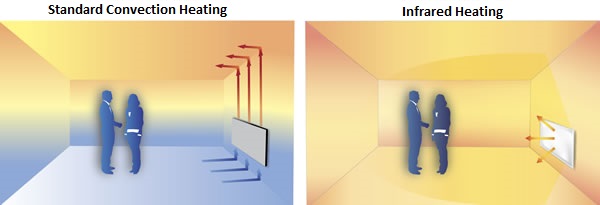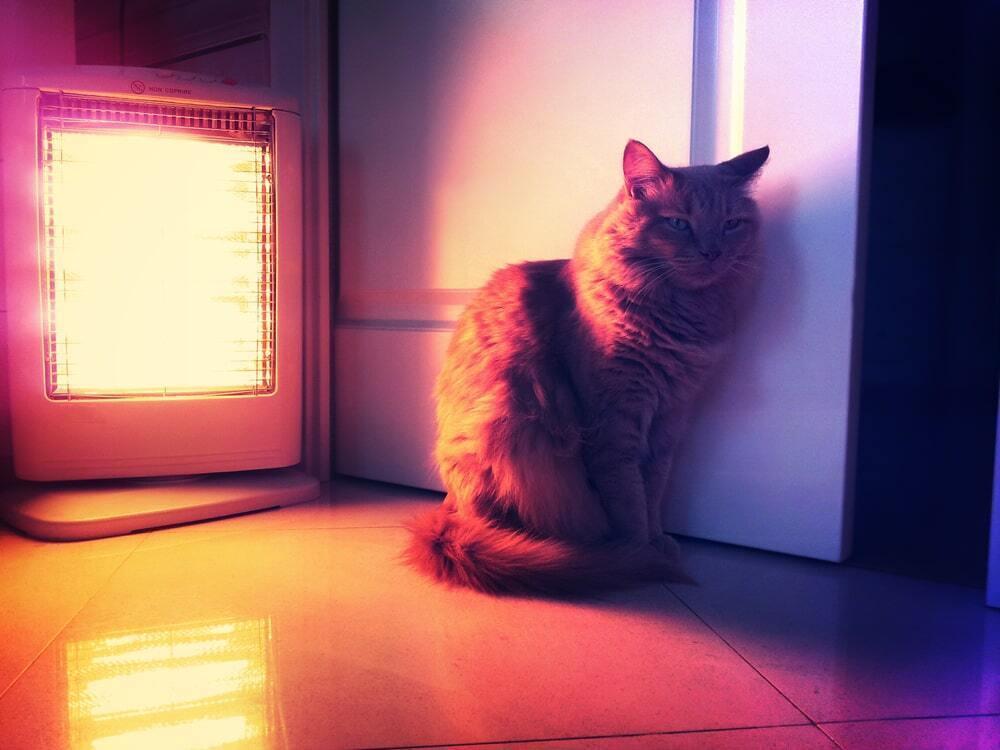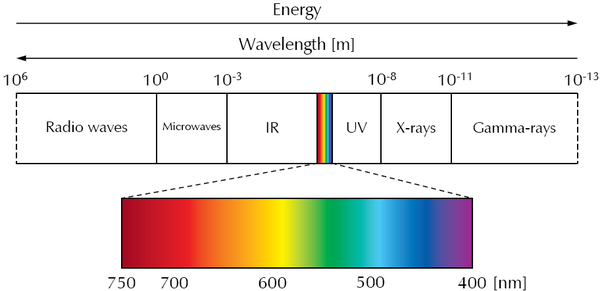Infrared heaters, a modern solution to staying warm, have sparked interest and curiosity about their functionality and safety.
A key question often arises is, “Are infrared heaters safe?”
This article delves into the science behind infrared heaters, explaining their working principle, grounded in the concept of infrared radiation situated next to visible light on the electromagnetic spectrum.
We explore how heat is transmitted – absorption, conduction, convection, and radiation – and how infrared heaters predominantly use radiation to provide efficient heating.
Understanding these heaters’ operation helps evaluate their safety, comparing them to the natural warmth of the sun, which also emits infrared radiation.
The article also addresses misconceptions about electromagnetic waves and their effects on human health, particularly focusing on the differences between ionizing and non-ionizing radiation.
This comprehensive analysis aims to clarify the safety and functionality of infrared heaters, a topic relevant to anyone considering this heating option.
How Do Infrared Heaters Work?

Let us just start with what is infrared radiation. Infrared waves are the waves situated next to visible light in the electromagnetic spectrum.
Lots of physics, right? And maybe you are not a big fan of science. Do not worry; we will explain it to you in simpler terms. It will help you know whether infrared heaters are safe or not.
You might have heard something or other about electric and magnetic fields during your school times.
These fields interfere with each other, forming electromagnetic waves.
Now, these electromagnetic waves consist of different waves of different wavelengths, forming an electromagnetic spectrum.
Infrared waves are one of them. They are just beside the visible light which we can see.
The other electromagnetic waves are gamma rays, X-rays, ultraviolet rays, microwaves, and radio waves.
Now, the second theory that an infrared heater uses is the different methods of heat transmission.
Heat is transmitted via absorption, conduction, convection, and radiation.
Conduction of heat takes place when the two objects are in direct contact with each other.
Convection occurs in liquids and gases when the heat transfers through a medium like air.
Radiation occurs when thermal energy is transferred without any medium.
The energy is radiated directly to the other object, preventing the surrounding air from heating.
Even though all three ways are used by infrared heaters, they mostly transmit the heat energy via radiation.
It is the most effective way of heating and thus provides even heating.
Heat energy is radiated as electromagnetic waves in the infrared band.
In infrared heaters, the heating starts from the floor and not the ceiling, unlike conventional heaters.
This technique does not cause further problems due to vast differences in climatic conditions in different corners of the globe.
Sometimes, there are minute changes in the temperatures of different rooms in a single house.
So, not only in different countries, but it works efficiently in different rooms of the same house too!
Are Infrared Heaters Safe?

Have you ever had a warm sunbath on a hot sunny day? It gives a pleasant and warm feel, right? That is exactly what infrared heaters do.
They emit thermal radiation like sun rays, our savior in harsh winters. Infrared heaters are completely safe for our bodies.
Our skin is already prepared for the absorption of infrared radiation. The reason being that these are emitted by our sun too!
Sun emits all the waves in the electromagnetic spectrum i.e., electromagnetic waves.
As infrared waves are one of them, the sun emits them in small quantities, too.
Our body is designed so that the moisture in our skin accepts and absorbs these radiations, giving a feeling of warmth to our body.

We often misunderstand that all the waves in the electromagnetic spectrum are harmful to our bodies.
There are two types of radiations in an EM spectrum- ionizing and non-ionizing.
The ionizing waves harm our skin, while non-ionizing waves do not harm our body. We often think that infrared radiation is like UV radiation.
However, UV rays are harmful and not infrared waves. The reason is that the infrared radiations are non-ionizing, while U.V. radiations are ionizing.
The other reason is that infrared waves are located on the EM spectrum’s left side while UV is on the right side.
The waves on the right side are considered harmful because they are high in energy and they are the ones responsible for causing diseases like cancer.
The waves on the left side, which are considered low energy frequencies, cause no harm to mankind.

Even though infrared heaters are safe to use, there are some preventive measures to be taken to ensure no harm.
Preventive Measures to Be Taken While Using Infrared Heaters
- Avoid touching the heater directly. It can cause similar damage caused by any other kind of heater. Touching infrared heaters may cause burns.
- To avoid any injury, set the heaters higher up where direct contact is impossible.
- Avoid prolonged contact and exposure from a very small distance. Just like prolonged exposure to sun rays can cause burns, infrared heaters can do the same thing. Infrared and long-term exposure to waves can cause a little damage.
- Handle your heater properly and get it checked periodically for any leakage or any other safety issue.
Advantages and Disadvantages of Infrared Heaters
Advantages
- They act faster than the conventional heaters. When you turn the switch on, your room becomes warm instantly.
- Even though your room gets warm, you will not feel suffocated by any alteration in the humidity of the surrounding environment. This heater makes the room cozy rather than dry and unpleasant.
- Unlike conventional heaters, they do not cause any pollution to the environment.
- They do not cause any problems of dust and uneasiness because of it. Dust and other pollutants are the main problems of conventional heaters, which infrared heaters overcome.
- They are easily affordable. Infrared heaters do not cost much and are effectively durable.
- Infrared heaters are very cost-effective. Once installed, they require a bare minimum amount of maintenance.
- Infrared heaters take up a minimal amount of electricity. Installing infrared heaters can save up to 30 percent of your electricity bills.
- Infrared heaters are easy to install.
- Their slim design does not take up much space in the room.
- Infrared heaters do not make any sound while heating. They maintain peace in your room.
- Infrared heaters are safe to use.
Disadvantages
- Prolonged exposure in front of infrared heaters may cause skin issues like burns.
- When you turn the switch off, the heat goes off instantly. It would be best to keep the heater on as long as you need the warmth.
- You must stay within the reach of the infrared radiation to get the right amount of warmth.
- They emit intense light, which might be disturbing if you look for a dark room.
- Any direct contact, like touch, is not safe.
Conclusion
In conclusion, the question of “Are infrared heaters safe?” can be answered with a nuanced understanding of their working principle and the nature of infrared radiation.
As explored in the article, infrared heaters operate by emitting non-ionizing radiation, which is similar to the warmth provided by the sun and is safe for human exposure.
While they offer numerous advantages, such as instant heating, cost-effectiveness, and environmental friendliness, it is also important to acknowledge the potential risks, such as skin burns from prolonged exposure or direct contact.
However, with proper use and safety measures, these risks can be mitigated.
Infrared heaters represent a convenient and efficient heating option, aligning with the natural processes of heat absorption by the human body, thereby affirming their safety and effectiveness in various settings.

